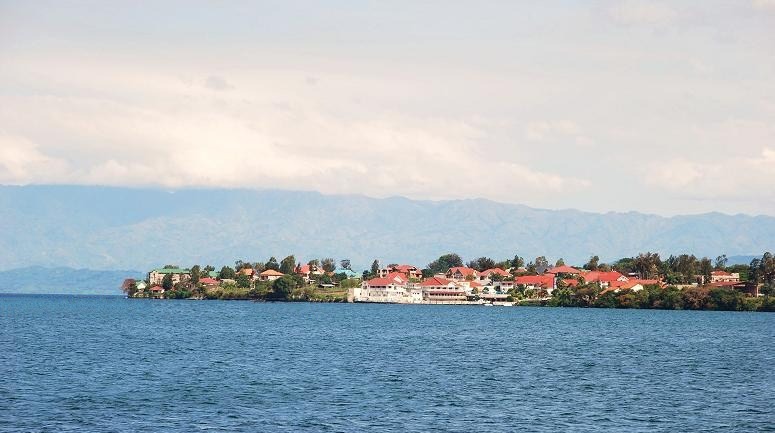Rwanda Local Cuisine
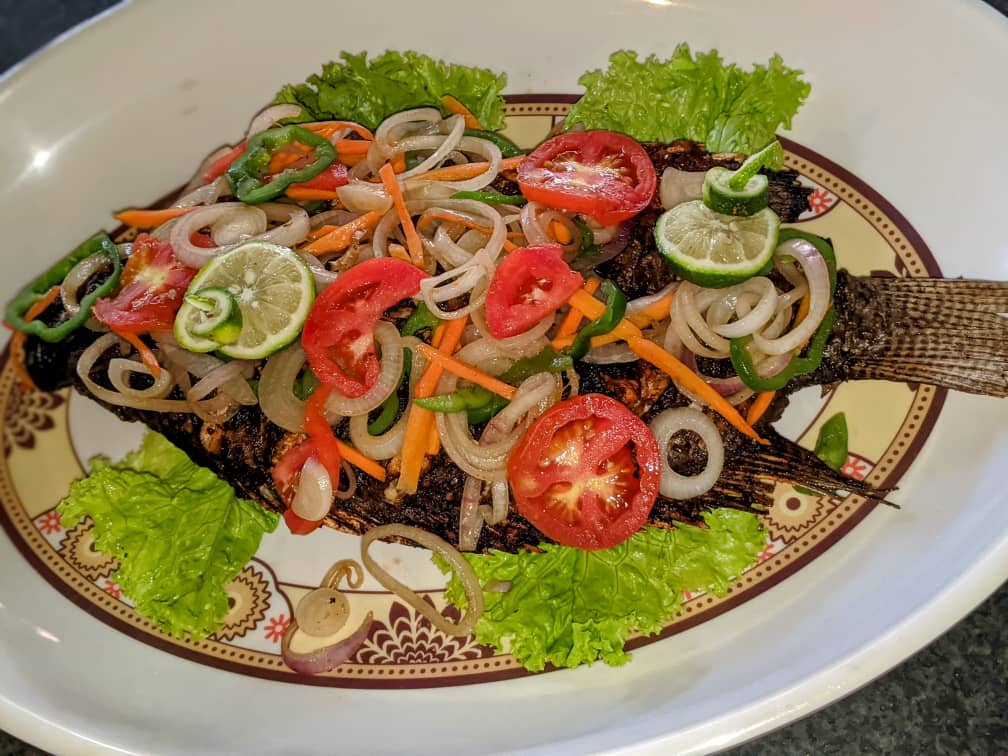
Rwanda’s local cuisine offers great chances to taste traditional flavors and get connected to the link between Rwandan tradition, food and culture. There are no big differences on how food is prepared, styles from region to region in Rwanda as the country is small in size and regions are connected. Local food and drinks are key players in the Rwandan culture and makes sense that one of the best ways to discover Rwanda culture is through its cuisine. The cuisine here is simple but unique and the typical Rwandan diet consist of sweet potatoes, beans, corn, peas, millet and fruit. Popular dishes are generally simply prepared with fresh, local ingredients full of flavor, and many are adaptations of dishes from around East Africa.
Rwanda’s local cuisine gives to visitors who are interested in learning and testing the best Rwanda foods and drinks with a great range of varieties. Local food and drinks cannot be separated to the rich Rwandan culture which is almost the same from west to east and from south to north. Most regions in Rwanda grow a wide range of cereals, such as sorghum and maize. These cereals are used to prepare one of the most common main dishes in traditional Rwandan society; Umutsima. In the past, sorghum was the most cultivated cereal plant, and the term ‘Umutsima’ referred solely to sorghum dough. Sorghum was harvested, dried, and then ground to make sorghum flour. Bananas, beans, Irish potatoes, legumes, sweet potatoes, and cassava are also cultivated in mass and are on daily menus in hotels and restaurants around the country.
Rwanda’s local cuisine focuses on the use of local ingredients full of flavour with less spices, but rich in flavour. These ingredients are usually a mixture of green paper, chili, onion, garlic, tomato pulp and broth cube, which are often used in many dishes. In hotels and restaurant around Kigali as well as in the country side you may find too much meat dishes but at home Rwandans eat less meat. Those who live near lake Kivu and other lakes add fish into their cuisine. Loyal Tours & Safaris recommends you the following dishes when you travel to Rwanda:
- Isombe
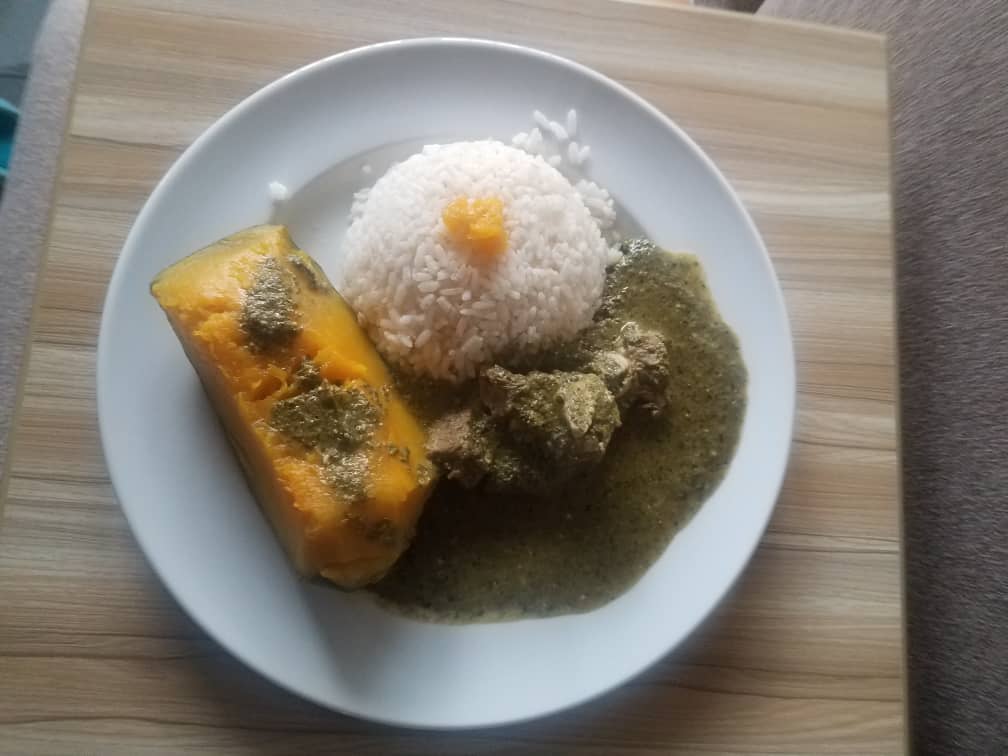
Isombe looks like a spinach dish, but it’s actually made with boiled and pounded cassava leaves. A variety of vegetables can be added to the mix, including onions, carrots, tomatoes, peanuts flour, cooking oil and meat mostly red meat. Isombe is best served with umutsima, but it is also very tasty when served with rice, ugali, and boiled potatoes. Some restaurants prepare what they call Chicken Ngolo which is isombe in chicken cubed meats or Fish Riboke which is made of fish filet meat in isombe.
- Igihaza
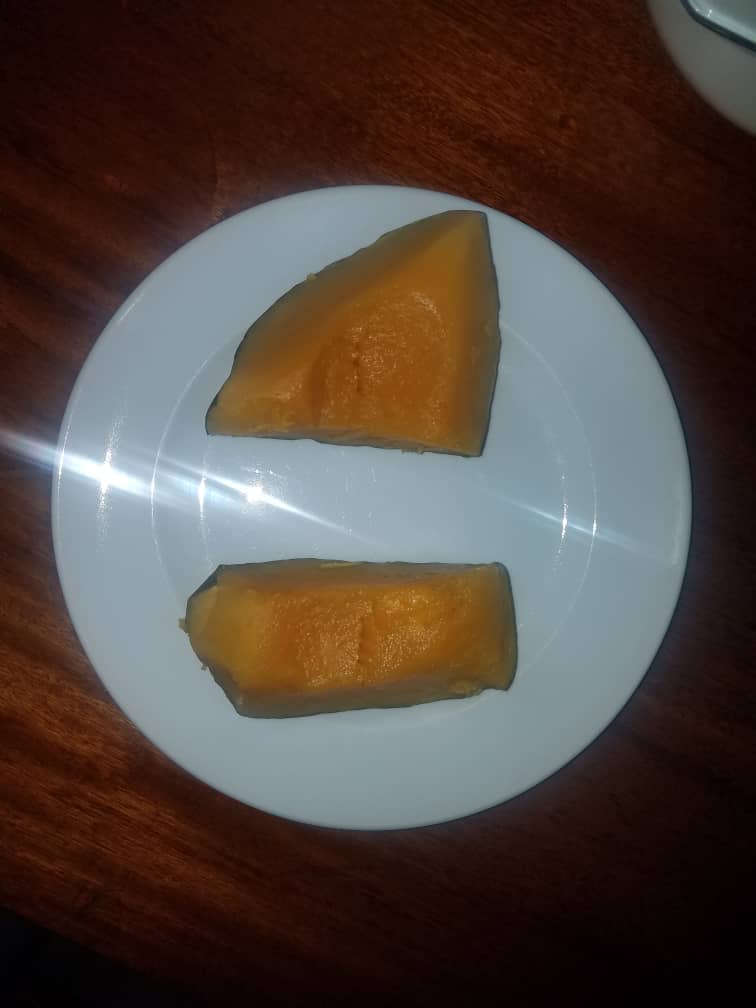
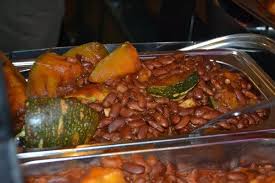
Igihaza which is a green pumpkin can be prepared by filling a saucepan with water and placing prepared pumpkin slices. Cover and steam over simmering water for 10 minutes or until almost tender. You will find it in the most prestigious buffets at events or in hotels wherever you go in Rwanda. Although, very tasty on its own, traditionally beans are added, which add to the flavor of the pumpkin by lacing it with the taste of beans. Green pumpkin and red beans make a truly delicious and healthy combination. The pumpkins are cut into small pieces and seeds are removed. The peel must not be removed. Red beans are then boiled on high heat and once the beans are almost cooked the pieces of pumpkin are placed on top of the beans with the peel. The cooking pot is covered and the pumpkin and beans cook together. After a few minutes, it is ready to serve.
- Igisafuriya
Igisafuriya means “big pot” in the native language of Rwanda as Isafuriya means a pot and in the IGisafuriya; IG is prefix which added to a name to mean that the thing or a person is big. Here it means a big safuriya which refer to a big pot or big traditional cooking pan. It refers to the fact that all of the ingredients of this dish are cooked in a single pot to be served to more than two people. The main meats used are full local chicken or full flesh chicken or full goat leg topped with onions, tomatoes, and celery chunks that marinate in the broth and spread their flavors around. Bananas and/or potatoes are added and cooked together with meat. When the mix is almost cooked peanuts flour is added to improve igisafuriya’s thickness.
- AkaBenz
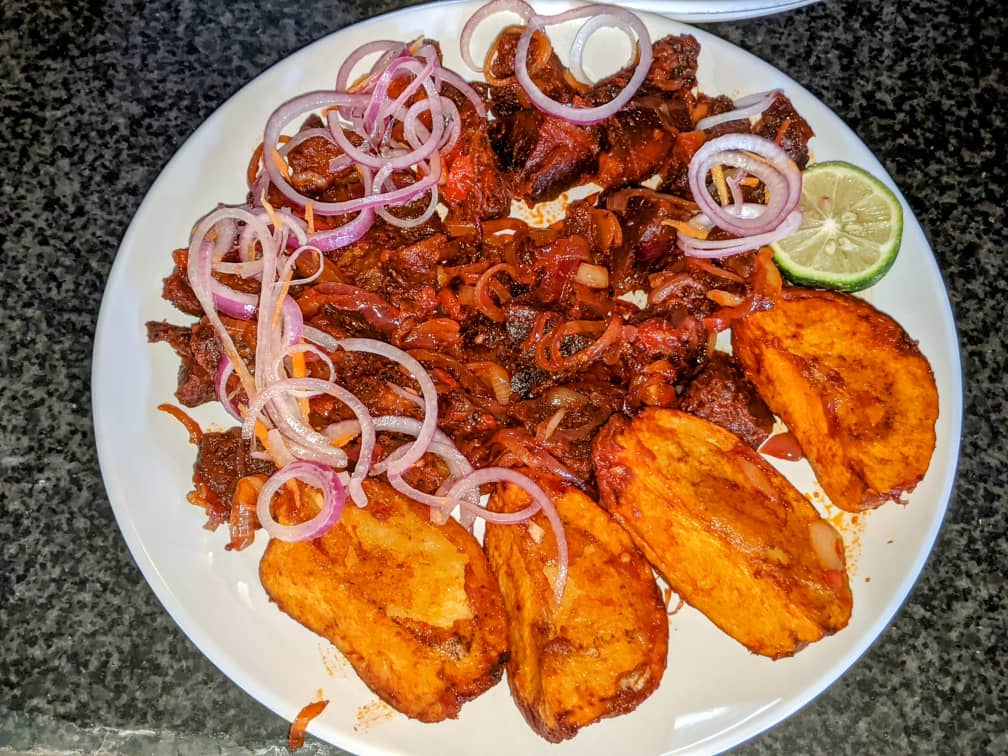
Akabenz refers to born less pork meat. Pork meats are boiled to remove pork fats and this process can also be considered as poaching the meat. When the meat is cooked, it is taken out of water and be prepared on a pan by mixing the meat with onions, tomatoes, green paper, tomato paste and other spices. Akabenz has to be tender without sauce. The name akaBenz originates from Mercedes Benz to show how prestigious is the dish. AkaBenz can be served on its own or with other side plates such us banana and irish chips, kaunga, grilled bananas and potatoes.
- Brochettes
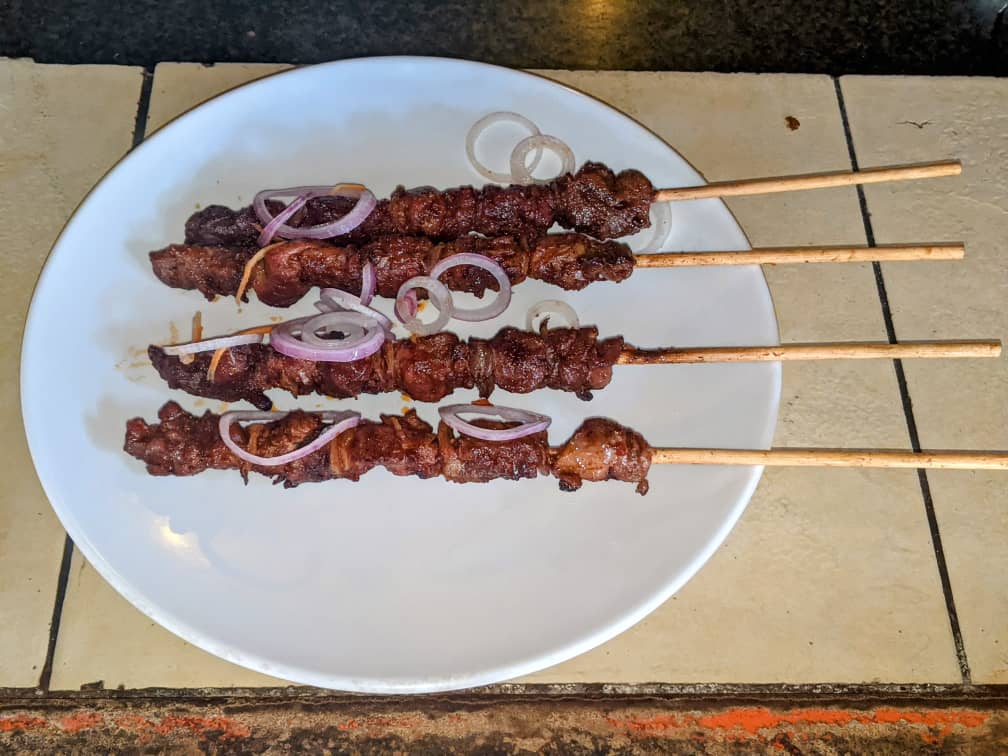
The famous goat brochette represents this category of meat. These skewers are meat sticks made mainly with goat but can also be made with beef, fish, or chicken meat. Meats are charcoal grilled until they’re cooked. Some restaurants marinate the meat before the grill but goat meat is delicious without marinating. To marinate the meat chefs may use different ingredients based on the type of the meat but mostly are tomatoes, onions, peppers, and vegetable oils. A typical side dish is a roasted banana or irish potatoes or potato chips or maize paste known as kawunga.



